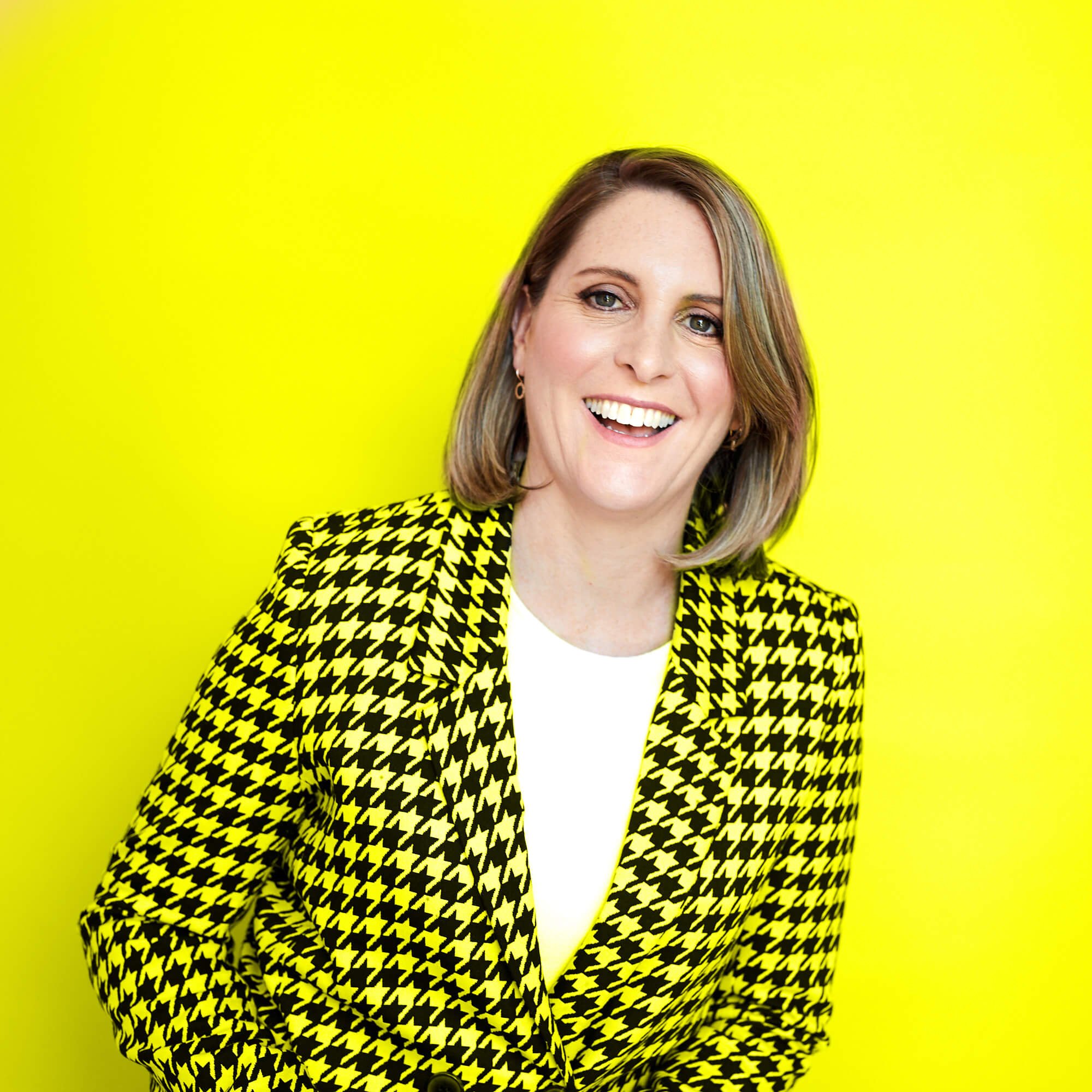As a creative recruiter one of the first things I look for when screening talent is a standout portfolio. Yes, your résumé is important, but that’s a given with any job application. What will really set you apart from the competition is your work, and I’m going to share with you some tips on how to showcase that correctly in order to get you noticed.
SO, WHERE DO YOU START?
Before deciding which projects you’re going to include in your portfolio, you need to come up with a way of structuring it. Are you going to create your own website, or do you want to put together a PDF? Online and offline portfolios have their own benefits and I don’t think it hurts to actually have both.
An online portfolio can be far more robust, and you can showcase a greater variety and volume of projects which can be structured into tabs to avoid the website looking cluttered.
Any designer who has worked alongside a UX team will know the importance of ensuring a great user experience, and that goes for your own website too. You’ll also have the added benefit of generating organic traffic to the site which might help you pick up more bookings as a freelancer, so long as you include your contact details.
A PDF is a great way to hone in on key projects you’ve worked on that align to the position you’re applying for or fit within their brand style guide. We’ve seen stories of people adding résumés to shoe boxes or coffee cups but it doesn’t always have to be that out of the box.
A well thought-out and clearly structured portfolio will be enough to ensure you stand out from the crowd and catch the eye of the recruiter, creative director or hiring manager you're trying to impress.
WHAT TO INCLUDE IN YOUR PORTFOLIO
Don’t include every piece of work you’ve ever produced in your portfolio. Focus on the type of work you want to get into or certain projects that align most to the role you’re applying for. If you’re an integrated designer for example, then maybe have one or two projects from each discipline. Or if you’re more of a specialist in a certain area, say print for example, then have a couple of examples of packaging designs, a couple of logos, some out-of-home, just to showcase a few different mediums.
Lastly, leave out any work which isn’t the best or looks slightly dated. You wouldn’t want a poor piece of work distracting from all of the good projects you’ve got in your portfolio.
MAKE YOUR PORTFOLIO YOUR BEST PIECE OF WORK
Your portfolio is a reflection of your design skills, so you want to make sure that it’s one of your best pieces of work.
If you’re putting together a website, ensure it’s easy to navigate with tabs to highlight each section. If you’re putting together a PDF, then keep it clean and don’t be afraid of white space.
PROVIDE CONTEXT BEHIND YOUR WORK
You should always include a short blurb on each project in your portfolio to provide a bit of context behind the work. What was the initial brief? What were the campaign deliverables? Who else was involved in the project? Did you maybe provide art direction, or did you go onsite at a shoot? You can either have this as a short paragraph or as a few bullet points. But just so that the hiring manager knows what your specific involvement was with the project.
INCLUDE CASE STUDIES
Another good way to highlight your design thinking is to include a couple of case studies. Go a little bit further with one or two particular projects that you’re most proud of; giving a full overview of the brief, project/campaign deliverables, team structure and your own involvement. It’s a really great way to highlight your concept development and creativity.
KEEP YOUR PORTFOLIO UPDATED
It’s really important to make sure you keep your portfolio up-to-date. Freelancers will often go from project to project without too much time in-between. Recruiters and hiring managers will always want to see examples of your most recent work, especially if you’ve worked on a project that’s outside your normal area of specialisation.
Having an outdated portfolio will also be a disadvantage so review it regularly.
KEY POINTS
My five key points to think about when creating your portfolio are:
- Decide on the structure first
- Be selective with what you include
- Include case studies
- Ensure it is well laid out
- Keep it up to date
Remember that design is subjective and not everyone will have the same taste, but following these tips should help you to create a portfolio that’ll really stand out.
Latest.

AI adoption failing isn’t the tech, it’s the people. How smart businesses overcome this.
Technology, Thought Leadership, Industry Trends

Temp-to-perm is the best way to hire today.
Hiring Insights

How to keep top talent: Strategies for successful onboarding
Hiring Insights, Ask Aquent, Training Resources



